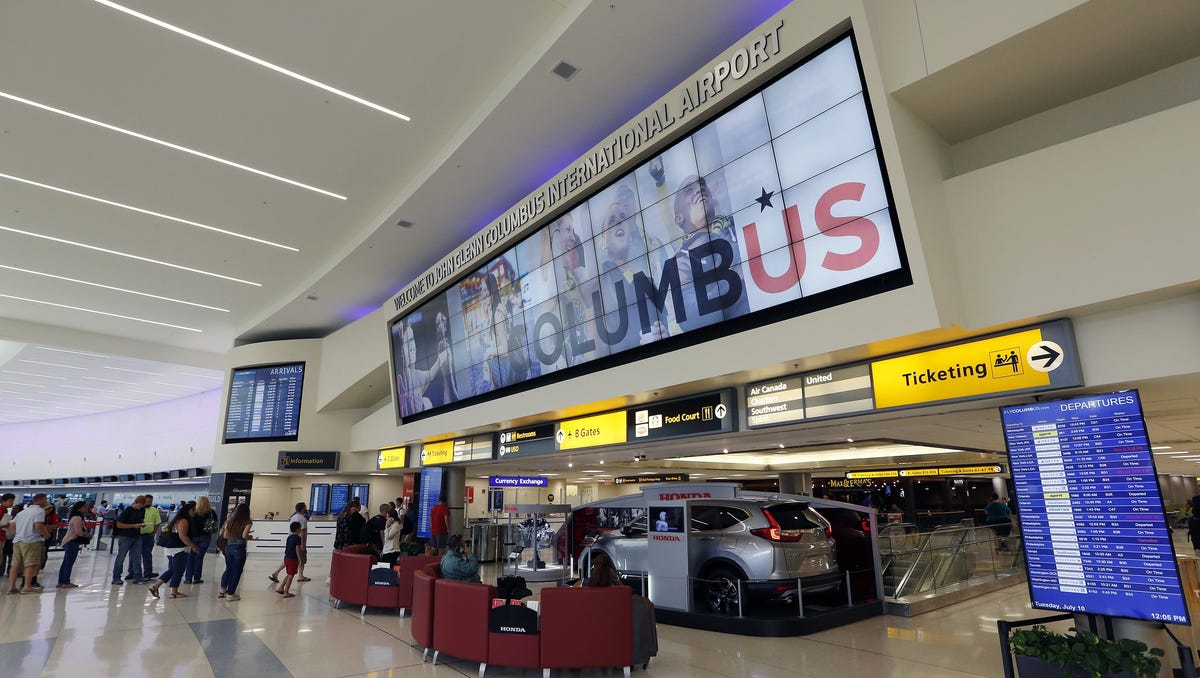Jobs
Millions of vacant jobs because of ‘harebrained’ decisions and college push, says ‘Dirty Jobs’ host Mike Rowe

As of July 2024, the American economy had 7.7 million job openings. This is up from less than 5 million a decade ago.
Mike Rowe, the well-known host of “Dirty Jobs” and “Somebody’s Gotta Do It,” has an explanation for this growing skills gap.
Don’t miss
In a recent interview on Dr. Phil’s Merit Street show, Rowe said the pressure on young people to get expensive college degrees combined with the “harebrained” decision to pull shop class out of high school has resulted in an enormous debt burden and a widening skills gap.
Blue collar labor shortage
Rowe believes many of the vacant positions are for what he calls “dirty jobs” — blue collar work that requires training and experience in the trades rather than the traditional four-year college degree.
A 2019 study by The Conference Board supports this claim. It said that 85% of companies in “mostly blue-collar industries” reported recruiting difficulties versus 64% among companies in “mostly white-collar industries.”
It may be that young adults are not keen to acquire trades skills and fill these jobs. Seventy-four percent of American 18- to 20-year-olds perceive a stigma over choosing vocational school instead of college, and 79% said their parents wanted them to pursue a college education after high school, according to a McKinsey survey.
In addition to this, McKinsey said that “the on-site and highly structured nature of construction and manufacturing jobs” doesn’t map to younger workers’ employment preferences like workplace flexibility.
Read more: These 5 magic money moves will boost you up America’s net worth ladder in 2024 — and you can complete each step within minutes. Here’s how
“Scandalous” push for college degrees
Rowe clarifies that he isn’t against the idea of young people pursuing college. But the benefits of attaining a degree, he argues, must be weighed against the costs involved.
“There’s nothing wrong with a four-year degree,” he said. “I’ve got one. It served me well. But in 1984, when the dust settled, two years at community college and two years at university [cost] $12,400. Today, same schools, same course load, $95,000. So, never in the history of Western civilization has anything become more expensive more quickly than this four-year degree. And yet, and yet, the pressure we’ve put on kids to get one cost be damned is scandalous.”
Total student loan debt has ballooned from $260 billion in the second-quarter of 2004 to $1.58 trillion in Q2 2024, according to the Federal Reserve. This crisis may have convinced some young adults to reconsider their approach to education. A recent survey by Pew Research found that only 22% of American adults believe a college degree is worth the cost if the student needs to rely on loans to finance it.
This may be an early indication of a turnaround in public perception about education and skills training.
What to read next
This article provides information only and should not be construed as advice. It is provided without warranty of any kind.








